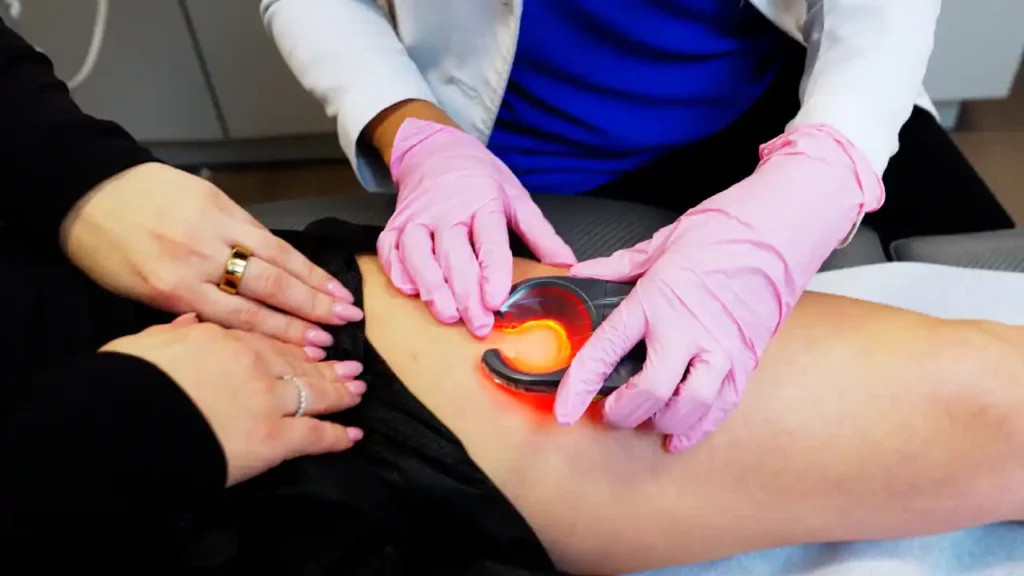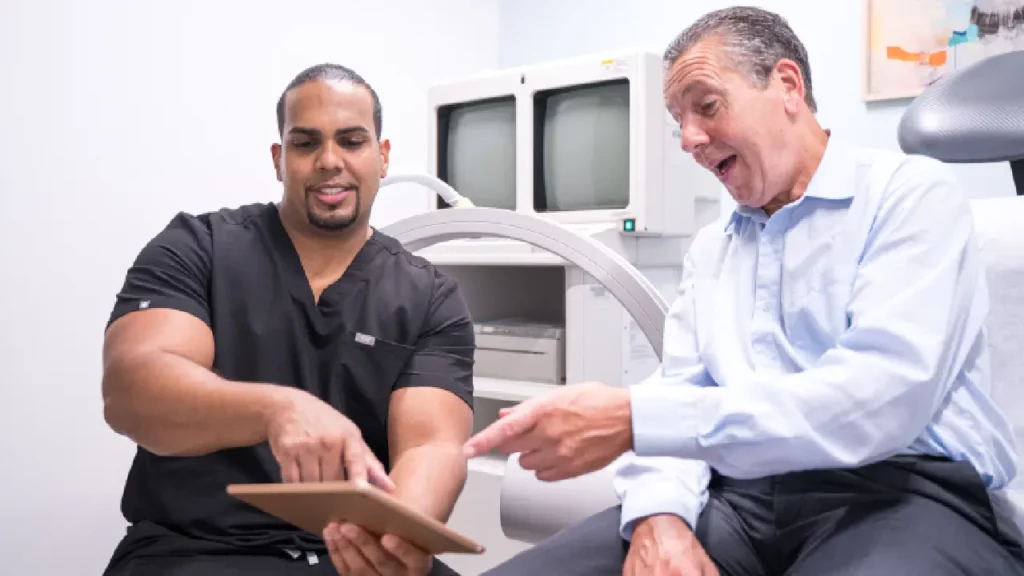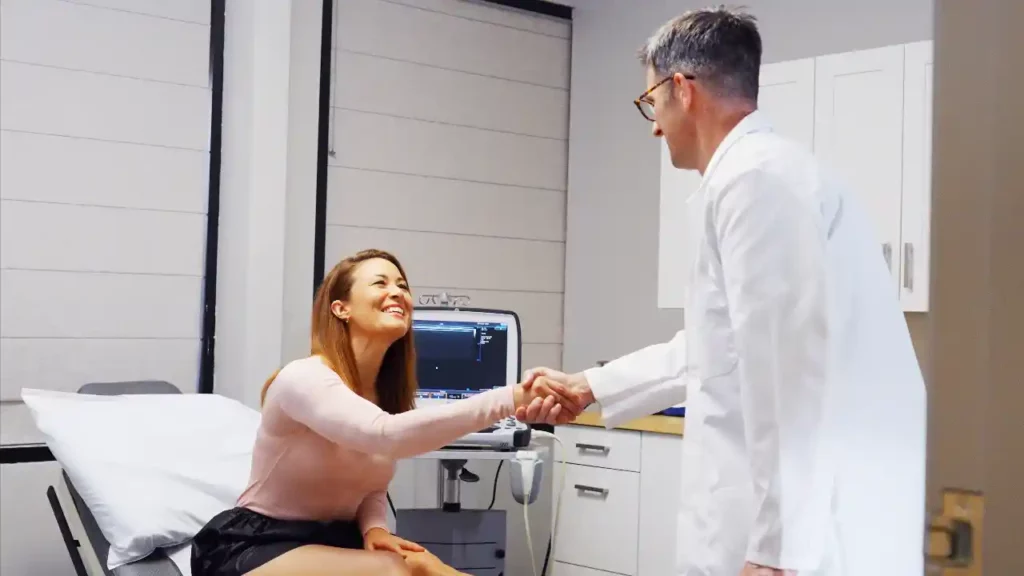Spider Vein Treatments for Your Legs: What You Need to Know
Summary
Spider veins on legs treatment offers modern techniques like sclerotherapy, laser therapy, and RFA. Early diagnosis and treatment can improve your quality of life and help you feel confident in your skin again.
Spider veins on legs treatment has become increasingly advanced, offering effective and minimally invasive solutions for patients seeking clearer, healthier skin.
If you’ve noticed thin, web-like veins on your legs, you’re not alone—and you’re not without options. In this guide, we’ll answer key questions about spider veins, explore the causes and symptoms, and outline the most effective treatments available today. We’ll also share insights into recovery, prevention, and when to seek medical attention.
What Are Spider Veins and Why Do They Appear on the Legs?
Spider veins are tiny, dilated blood vessels visible through the skin, typically red, blue, or purple. They commonly form on the legs and are more noticeable with age or certain health factors. While they may seem like a cosmetic issue, spider veins can sometimes indicate deeper vein health problems.
Common causes of spider veins include:
- Genetics (family history)
- Hormonal fluctuations
- Pregnancy
- Extended sitting or standing
- Obesity
- Sun exposure and aging
Women are more likely to develop spider veins due to hormonal shifts during pregnancy, menopause, or while taking birth control. Understanding these causes helps you recognize the importance of prevention and early spider vein treatment.
Learn more about the conditions behind spider veins on our vein diseases resource page.
What Are the Symptoms of Spider Veins on Legs?
Besides their appearance, spider veins can be associated with mild discomfort. You’ve probably wondered, “How do you get rid of spider veins?” especially if you’ve experienced:
- A burning or tingling sensation
- Leg heaviness
- Throbbing or itching
- Mild swelling near the veins
These symptoms may become more noticeable after standing or sitting for long periods. Left untreated, they can worsen. In rare cases, spider veins can contribute to skin changes or open sores. If you’re dealing with these symptoms, it may be time to consider professional vein treatment.
How to Get Rid of Spider Veins on Legs: Top 5 Treatments
When it comes to spider veins on legs treatment, these are the most effective and commonly recommended approaches:
1. Sclerotherapy
Sclerotherapy is a go-to solution for treating spider veins. It involves injecting a specialized solution into the affected veins, causing them to collapse and fade over time.
- Ideal for small to medium veins
- Requires minimal downtime
- Results appear within weeks
- Safe and performed in-office
This spider veins treatment has helped thousands of patients restore their leg confidence and achieve smoother skin.
2. Laser Therapy
Laser therapy uses concentrated light energy to seal off veins near the surface. It’s a good option for patients looking to avoid needles or those with very small veins.
- Best for smaller or facial veins
- Non-invasive
- No anesthesia needed
- Minimal discomfort
It’s also a helpful complement to spider veins on legs treatment plans.
3. Radiofrequency Ablation (RFA)
Although RFA is typically used for larger veins, it can benefit patients with deeper venous issues contributing to spider veins. This is especially true when spider veins are accompanied by leg fatigue or swelling.
- Uses heat to close off affected veins
- Minimally invasive with rapid recovery
- Targets underlying chronic venous insufficiency
- Covered by most insurance plans if medically necessary
Learn more about what is the best treatment for venous insufficiency.
4. Compression Stockings
While not a cure, compression stockings help relieve symptoms and prevent worsening. They’re a useful first step for patients exploring their options.
- Improves blood flow
- Reduces leg swelling
- Useful for post-treatment care
- Available in various styles and strengths
Explore supportive strategies on how to treat spider veins.
5. Lifestyle Modifications
Small changes can make a big difference in your leg health. Prevention is key, especially if you’re prone to developing spider veins.
Try these habits:
- Regular exercise (especially walking or swimming)
- Elevating your legs when resting
- Avoiding long periods of sitting or standing
- Maintaining a healthy weight
- Wearing sunscreen to protect leg skin
Preventive steps like these also help get rid of spider veins and reduce recurrence.
Can Spider Veins Go Away Without Treatment?
Can spider veins go away naturally? No, spider veins do not typically resolve on their own. Without treatment, they may worsen or multiply. Early intervention can prevent complications and improve outcomes.
Visit our page on can spider veins go away to better understand your long-term options and what to expect if you choose not to treat them.
How Are Spider Veins Diagnosed?
Diagnosis usually involves a visual exam by a vein specialist. If needed, an ultrasound may be used to check for underlying vein issues such as chronic venous insufficiency. This ensures your spider veins on legs treatment plan is accurate and tailored to your needs.
The ultrasound test is non-invasive, painless, and helps detect faulty valves that may be contributing to your symptoms. Identifying these issues early is crucial for effective care.
When Should You See a Vein Specialist?
Seek professional advice if you notice:
- Pain, swelling, or heaviness in your legs
- Spider veins spreading over time
- Skin changes or ulcers
- Discomfort interfering with daily activities
You might be asking, “How to get rid of spider veins?”—and the answer starts with a visit to one of our nearby clinic locations. Our vein specialists are trained in diagnosing both cosmetic and medical concerns. Book an appointment to start your journey.
What to Expect During Treatment
Spider veins on legs treatment is typically quick and comfortable. Most procedures are performed in under 30 minutes and require no general anesthesia. Patients can return to their normal routines almost immediately.
Mild redness or bruising may occur but fades quickly. Aftercare may include wearing compression stockings and avoiding strenuous exercise for a few days. Our team will provide clear recovery instructions tailored to your treatment.
What Are the Benefits of Treating Spider Veins Early?
Early treatment provides multiple benefits:
- Prevents progression or complications
- Enhances appearance and confidence
- Improves leg circulation and comfort
- Supports long-term vein health
- Reduces the risk of skin changes and ulcers
Whether you’re looking for cosmetic improvement or relief from symptoms, timely care matters. Learn more about vein treatments and how to get rid of spider veins.
Don’t wait for symptoms to worsen. Book your consultation today and let our expert team help you get rid of spider veins for good.









